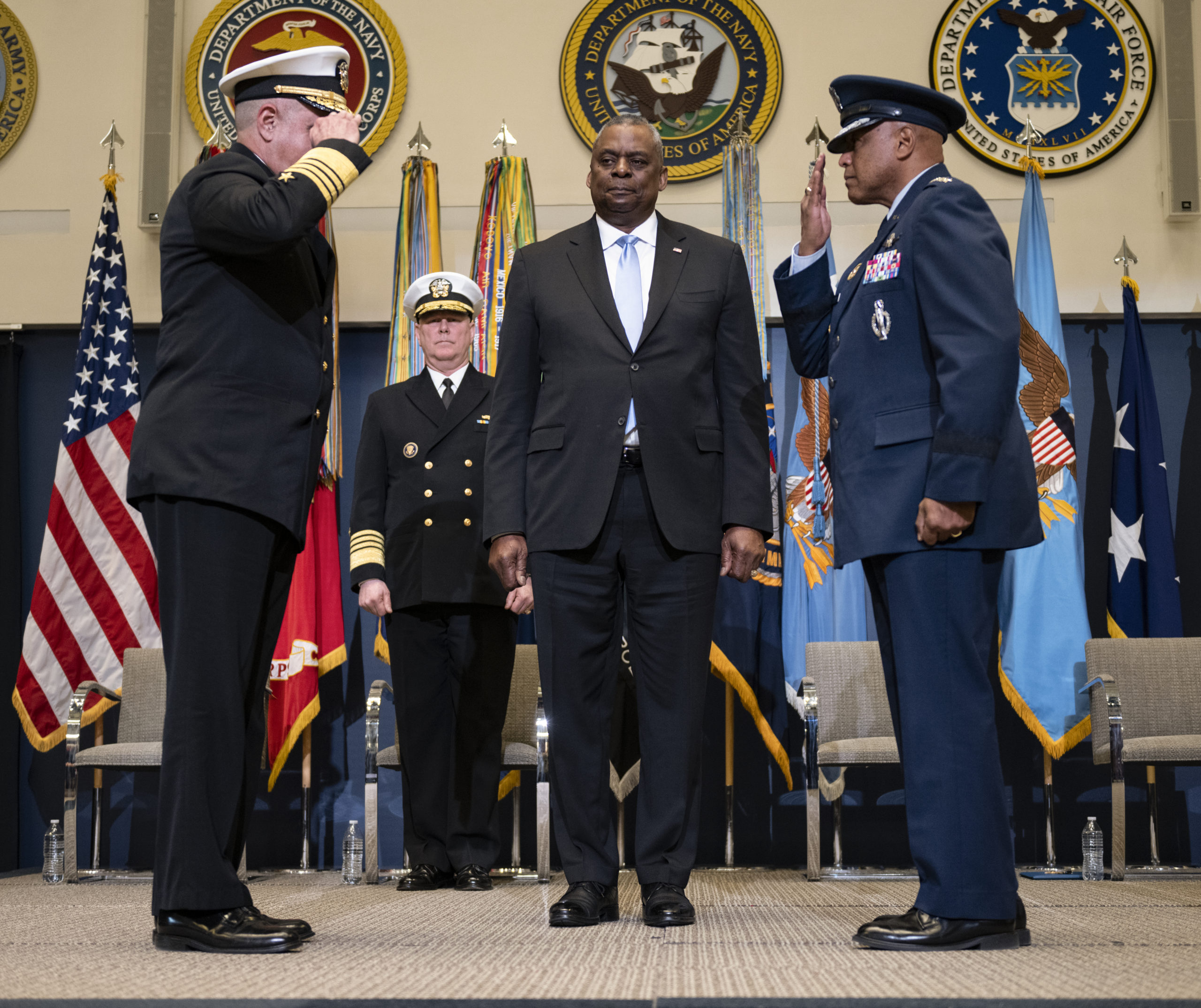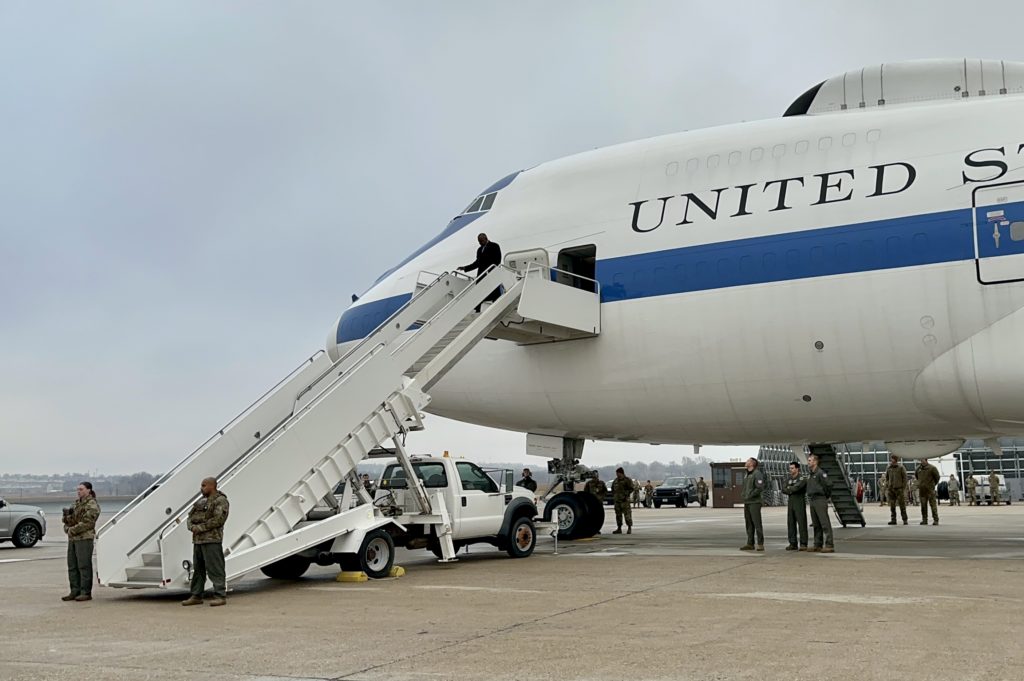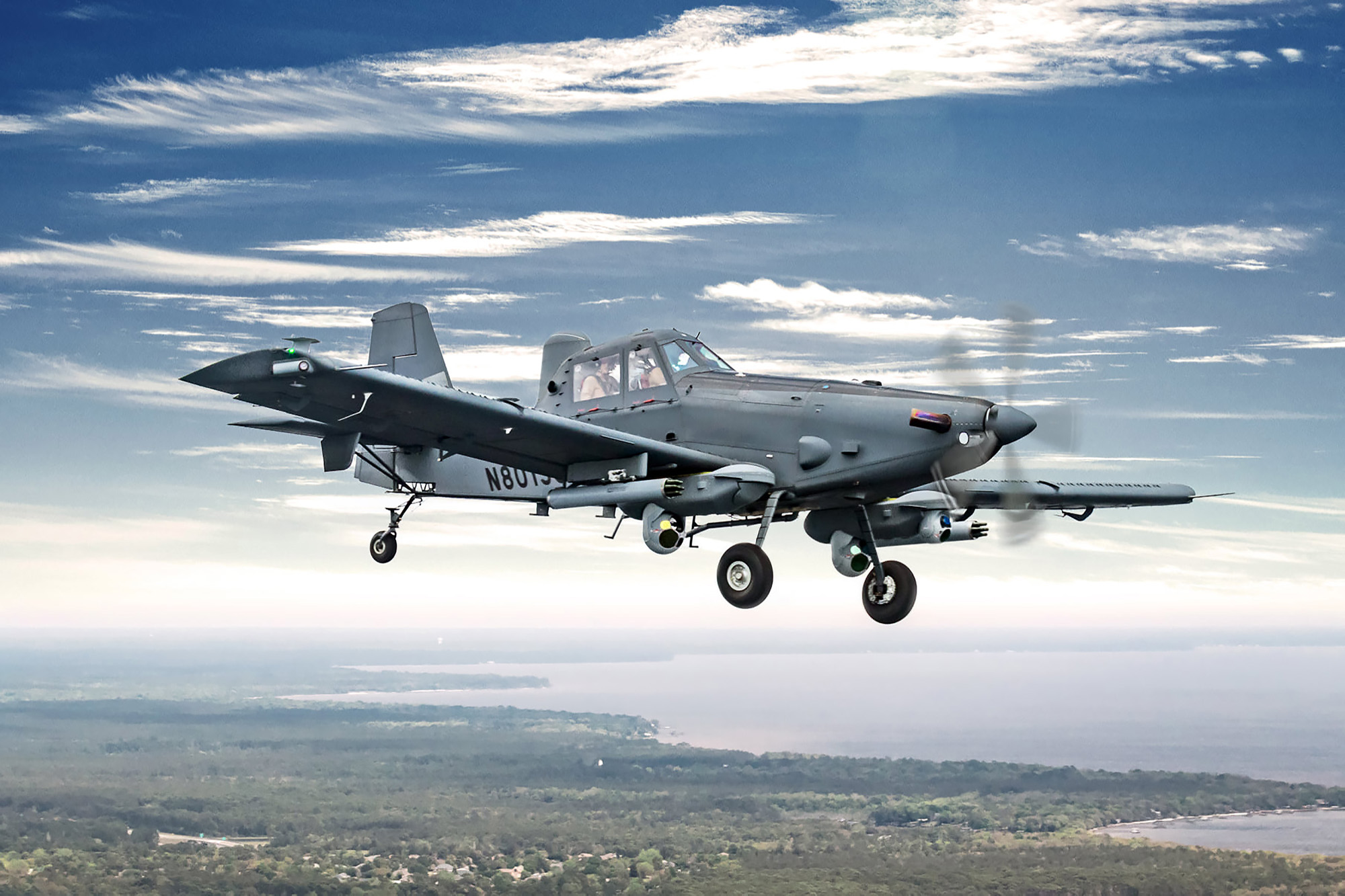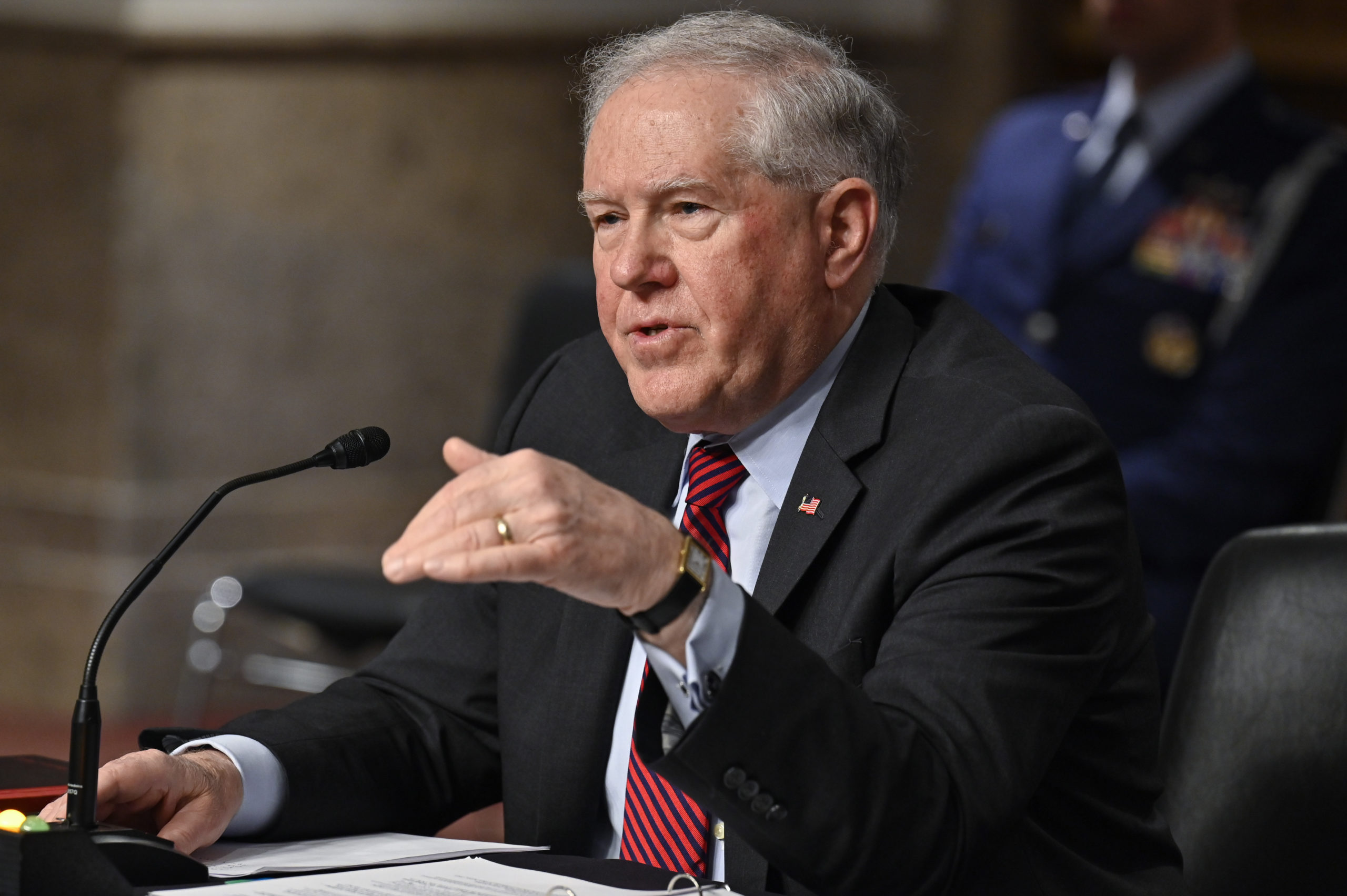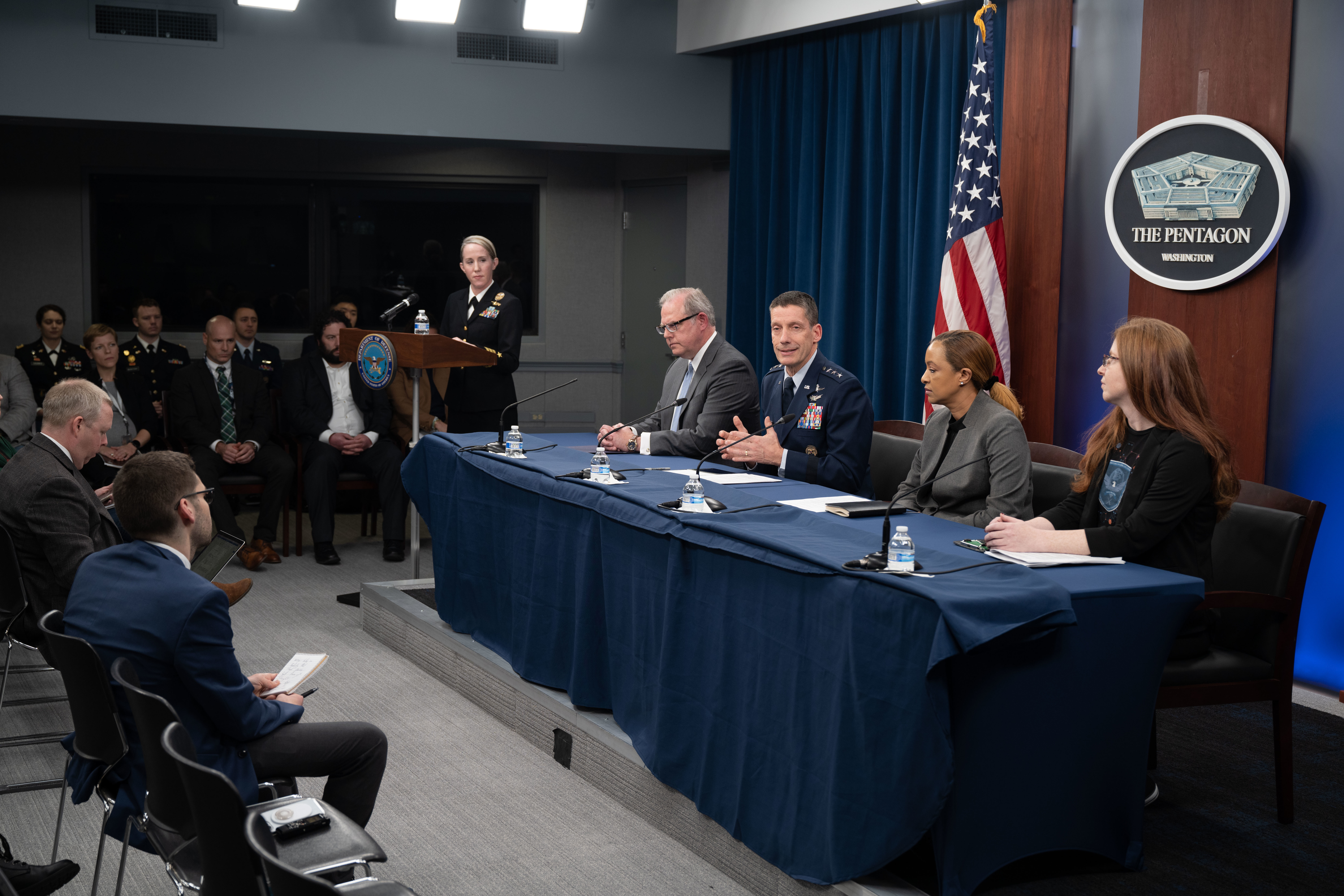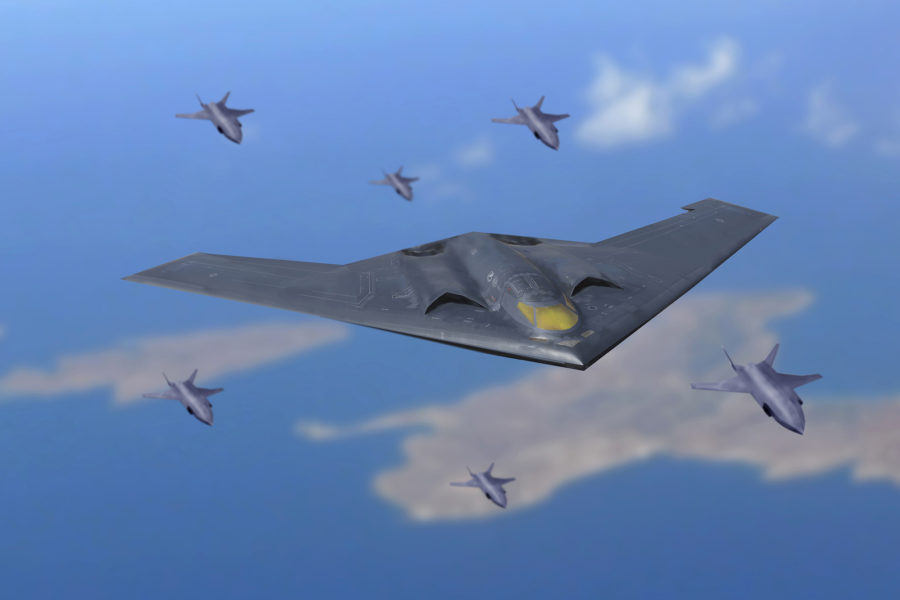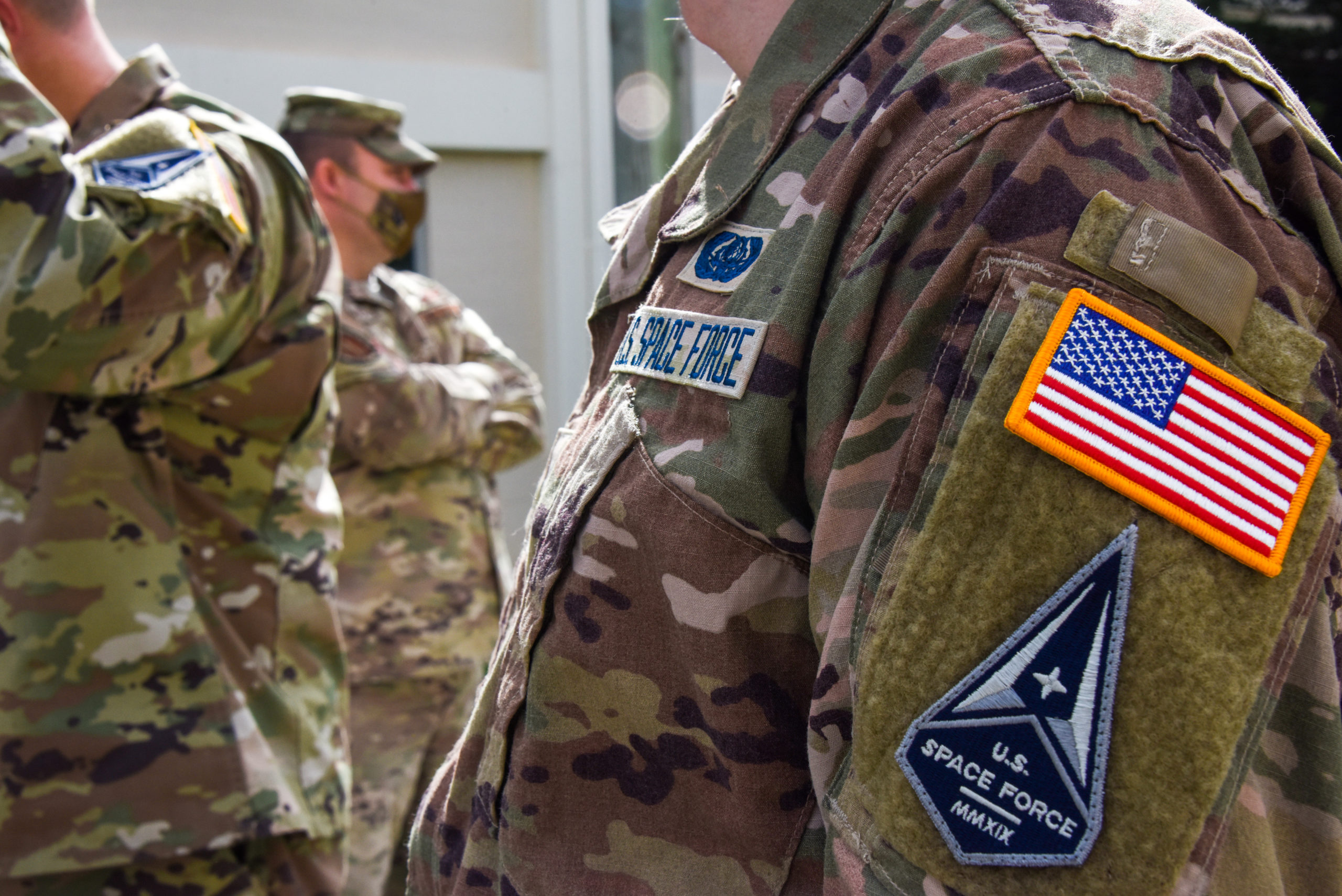A new lab building at Kirtland Air Force Base, N.M., will house some of the Air Force Research Laboratory’s “irreplaceable” equipment for testing how electronic spacecraft parts will likely stand up against radiation in space.
The FORTRESS lab—short for Facility for Radiation Tolerance Research on Electronics for Space and Strategic Systems—will contain testing equipment such as the sources of radiation with which the lab douses the electronic parts. It will be part of the Space Vehicles Directorate’s larger Radiation Effects Laboratory.
Some 95 percent of U.S. spacecraft are “enabled by electronics produced or researched by this team,” said Erin Pettyjohn, deputy director of the Space Vehicles Directorate, in an announcement.
Several “irreplaceable” pieces of testing equipment made in the 1960s to 1980s will go into the new FORTRESS lab, Kenneth Bole, acting chief of AFRL’s Spacecraft Technology Division, said in an email to Air & Space Forces Magazine. The manufacturers that made the precious articles have since gone out of business, been acquired, or stopped making parts needed to upgrade, maintain, or calibrate the apparatuses.
Researchers availed themselves of some of the equipment in the MISSE series of 16 orbital tests. In the Materials International Space Station Experiment, they first evaluated building materials on the ground, exposing the samples to radiation then analyzing them with processes such as spectroscopy, atomic force microscopy, and electrical conductance before sending them to the space station for testing in space.
Bole said AFRL doesn’t anticipate any new equipment for the FORTRESS lab right now but that the building can accommodate potential future needs such as “additional accelerated space lifetime sources, a linear accelerator, and wafer probe stations.”
The new $4.5 million, 6,200-square-foot building is going in next to the Deployable Structures Laboratory. That $4 million, 7,000-square-foot lab opened in 2020 to test other spacecraft elements besides electronics.
Also this year at Kirtland, the Space Vehicles Directorate opened the 72-acre Skywave Technology Laboratory including a $3.5 million, 3,500-square-foot office and indoor lab facility near existing radio antennas on a remote part of the base. The Skywave lab studies conditions in the near-Earth space environment.
Meanwhile the new simulation-focused RAPID lab for small satellites—Rapid Architecture Prototyping and Integration Development—will offer a collaborative venue for internal and external organizations. The $7.3 million, 14,000-square-foot facility opened this year as well.
Bole said the frequent openings haven’t been part of a larger strategy but instead “driven entirely by mission need and building construction.” He said the “AFRL facilities team has been extremely successful in seeking various sources of funding, such as FLEX-4 and the MILCON process.”

